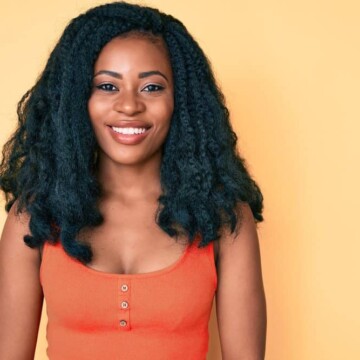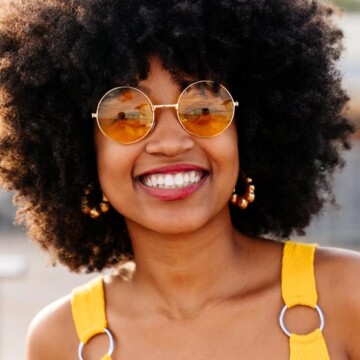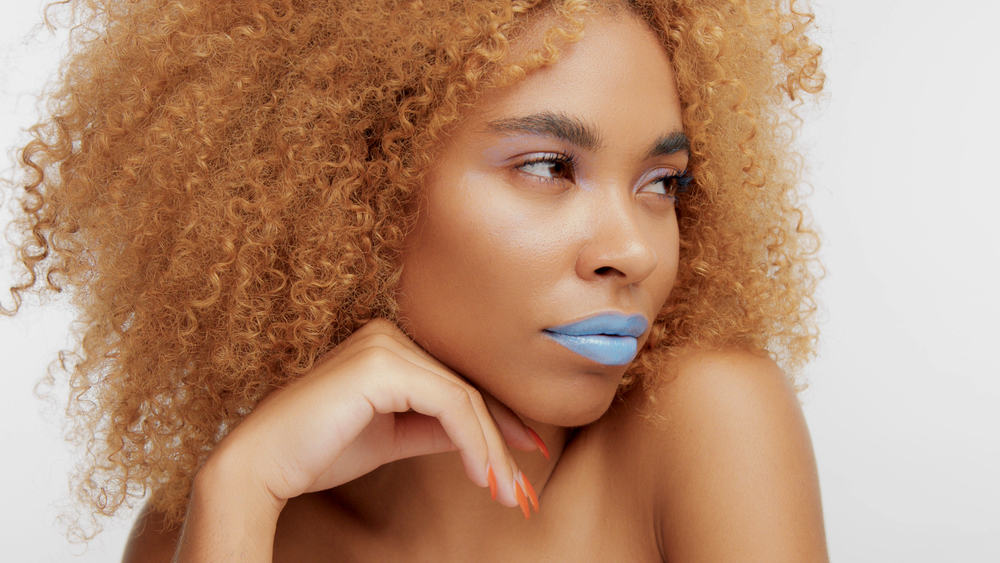
When you first enter the world of hair color, you will discover that there are many specialized products and tools to become familiar with.
Out of all hair color products, people often have trouble understanding the purpose of hair developer. This is unfortunate, being that developer is essential to the vast majority of hair color processes.
To clear things up for hair color newbies everywhere, we’ll fill you in on everything you need to know about hair developer.
Table of Contents
- 1 What Does Hair Developer Do?
- 2 Types of Hair Developers and What They Do
- 3 Does Developer Damage Your Hair?
- 4 Can I Use Developer by Itself?
- 5 How to Minimize Damage While Using Developer
- 5.1 Choose Low Volume Developers
- 5.2 Use Olaplex to Counteract the Effects of Developer
- 5.3 Is the Developer Safer Than Bleach?
- 5.4 What Happens if You Put Too Much Developer in Bleach?
- 5.5 Can I Use Just Developer to Lighten My Hair?
- 5.6 What Does 20 Developer Do to Hair?
- 5.7 Do You Need Developer for Hair Dye?
- 5.8 Why Do You Need Hair Developer?
- 5.9 What Developer to Use With Permanent Hair Color?
- 5.10 What Is 30 Volume Developer Used For?
- 5.11 What Does 10 Volume Developer Do?
- 5.12 Should I Use 10 or 20 Developer to Darken Hair?
- 5.13 Should I Use 20 or 30 Developer With Bleach?
- 5.14 Related Articles
- 5.15 Conclusion
What Does Hair Developer Do?
Hair developer is a creamy product that opens up your hair cuticles, allowing hair color to penetrate the hair shaft and become permanent.
It does not work on its own; it must be mixed with bleach, hair dye, or toner to work. Hair developer comes in several oxidation levels based on how much hydrogen peroxide is present in the formula.
If you try to apply hair color without a developer, it may not take at all, and it definitely will not be long-lasting.
Types of Hair Developers and What They Do

You’ll find hair developer in 4 volumes for home use, including 10, 20, 30, and 40. As you advance through the developer levels, your hair will lift quicker and to a higher level. This means that a higher volume developer is stronger than a lower volume developer.
Take a look at the below list to learn about what each developer-level can do to the hair.
- 10 volume developer - It has 3% peroxide and just barely opens the hair cuticles (i.e., hair cuticle layer). This is a deposit-only option with virtually no risk of damage or breakage. Permanent hair color formulas that don’t require you to lift your hair can be used with 10 volume developer to increase the longevity of the result. The only exception where 10 volume developer lifts your hair is when you use it with bleach; in that case, you can expect a shade or two of lift at the most.
- 20 volume developer - It has 6% peroxide and opens up the hair cuticles a bit wider than 10 volume developer does, allowing for a lift of 1 to 2 levels when used with permanent hair color. Most box dyes come with a 20-volume developer, as it provides enough lift for covering gray hair and to help you achieve moderate color changes at home. When 20 volume developer is used with bleach, you can expect up to 3 levels of lift.
- 30 volume developer - It has 9% peroxide, making it significantly stronger than 10 or 20 volume developer. It lifts hair from 2 to 3 levels and provides up to 100% gray coverage. It’s often used for more vibrant and bold hair color transformations. Used with bleach, you can achieve more than 3 levels of lift with 30 volume developer.
- 40 volume developer - It has 12% peroxide and provides up to 4 levels of lift (i.e., up to four shades). You won’t find many hair color kits that come with 40 volume developer because of how potentially damaging this developer can be. It blasts open your hair cuticles to allow hair color or bleach to penetrate your strands uninhibited. Using 40 volume developer with bleach, you can get your hair to lift more than 4 levels.
Note on 50 Volume Developer: We didn’t mention 50 volume developer until now because of just how dangerous it is. This developer strength is hazardous to your hair, no matter its type.
Manufacturers of 50 volume developer stress that it should only be used to lighten hair by trained professionals, and for good reason. It’s so strong that it can leave you with broken strands after a single-use.
Even if a trained professional wants to use a 50 volume developer to take your hair from a darker shade to platinum blonde in one appointment, we advise you not to go that route. 50 volume developers should be kept far away from your curly strands, as they are already fragile and prone to dryness. Likewise, if you have thin or fine hair, you should avoid using a 50 volume developer.
Does Developer Damage Your Hair?
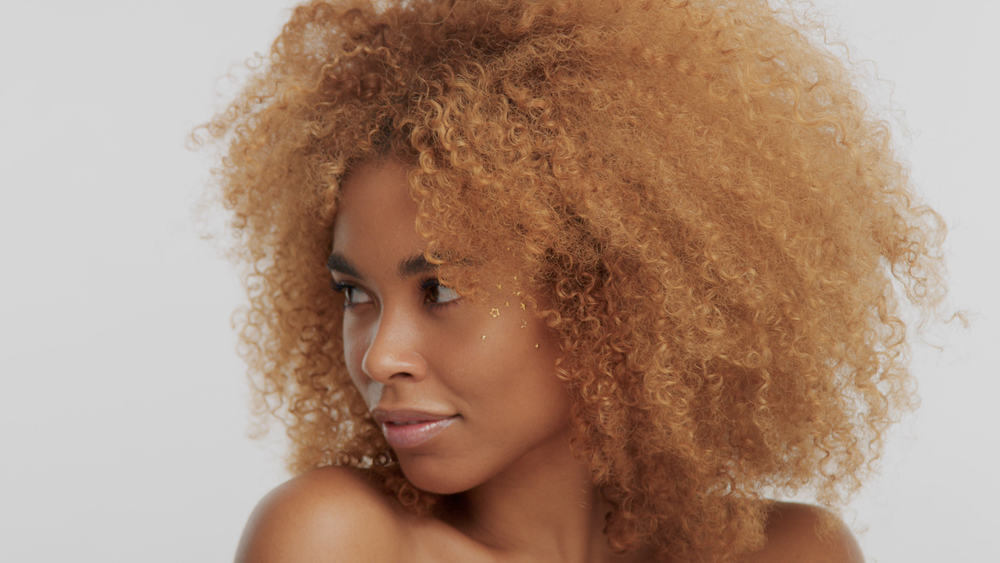
Any product that forcefully opens up your hair cuticles causes some degree of damage to your hair. Once a chemical opens up your cuticles, the cuticles never lay flat again, resulting in a higher hair porosity and difficulty retaining moisture.
When your hair doesn’t retain moisture effectively, it becomes more prone to dryness, brittleness, and eventually breakage. Lower volume developers leave your hair less porous than higher volume developers.
When you use a high-volume developer, the adverse effects may be immediate. Consider a case where you used a 40 volume developer with bleach on compromised hair.
Right when you go to rinse the bleach out, your curls may show signs of damage, including roughness, stringiness, broken off strands, and lack of elasticity (your curls no longer bounce back).
Can I Use Developer by Itself?
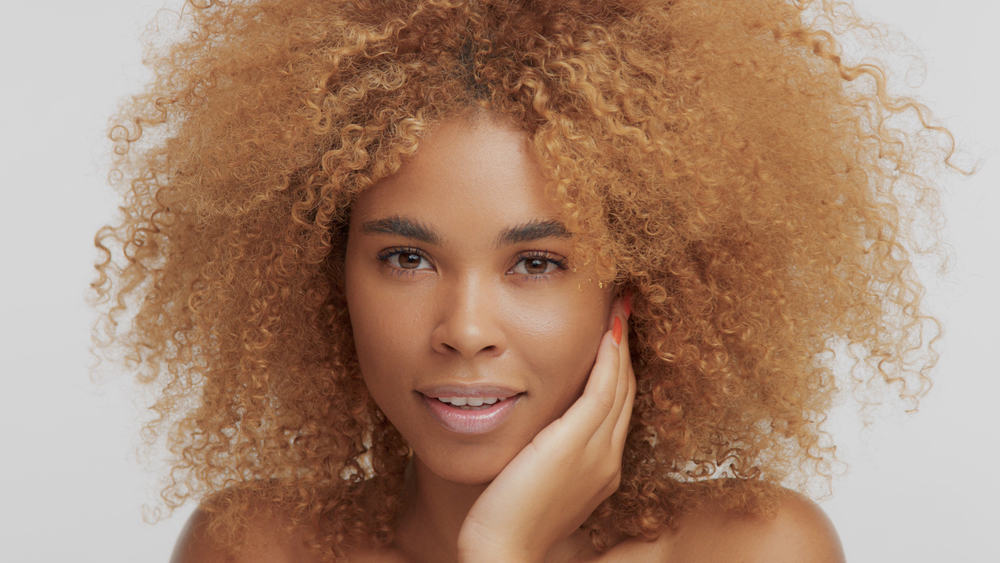
You may have wondered at one time or another whether you can use developer by itself. The truth is that you can, but you probably won’t get the result you were going for.
Hair developer is designed to be used with a hair toner, bleach, or hair color. When you use it by itself, the following can happen:
- Your hair may not lift enough, necessitating additional lightening sessions and more chemicals.
- Your hair could end up an odd shade that you didn’t expect.
- You could end up with a skin reaction due to applying straight developer onto your hair - some of it will inevitably get on your scalp.
For the best results, hair developers should be used according to the instructions on the packaging.
How to Minimize Damage While Using Developer
After reading about how damaging hair developers can be, you may be hesitant to use them. But it’s important not to be afraid to use developers to achieve your hair color goals.
There are ways to minimize damage while using a developer, and we’ll share some valuable tips to do just that.
Choose Low Volume Developers
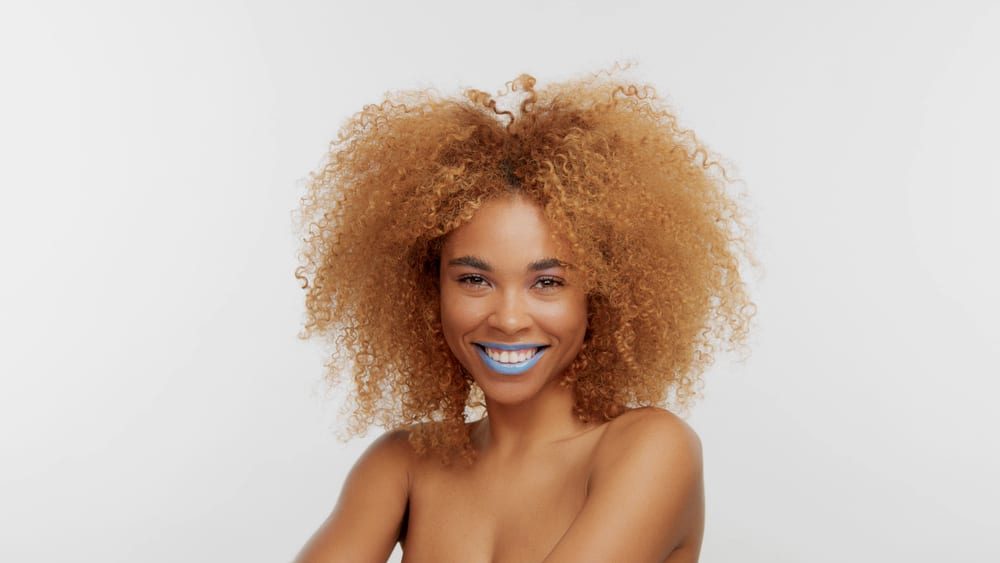
It’s crucial to choose your developer carefully to get the results you want without destroying your curls. The lower the developer strength, the better for your hair.
Consider your natural hair color and the color you’re going for. If your natural hair color is near black and you want it to be brown, you don’t need a 30 or 40 volume developer to get to that result - a 20 volume developer will work just fine.
If you’re darkening up your hair, a 10 volume developer is your best choice. Also, always be cautious with 30 and 40 volume developers, as they often do more harm than good to curly hair, especially if it’s already compromised.
Use Olaplex to Counteract the Effects of Developer
Olaplex is a hair-strengthening and restoring treatment used to combat the adverse effects of chemical processes.
While many products on the market put a band-aid on hair damage, Olaplex actually repairs broken hair bonds, effectively limiting damage from the most aggressive hair dyeing and bleaching treatments.
Olaplex offers a variety of hair treatments, but the ones most relevant to protecting hair from chemical damage include:
- Olaplex 1 - Bond multiplier that reduces hair damage during chemical processes like hair color, bleach, highlights, relaxers, perms, etc.
- Olaplex 2 - Bond perfector that repairs any bonds that weren’t repaired by Olaplex 1.
The above products were designed especially for stylists to use on their clients, so you may have a hard time finding them. Although, you can always ask your stylist to use Olaplex during your appointment.
If you color or bleach your hair and end up with damage, reach for the following Olaplex products:
- Olaplex Hair Perfector - A 10-minute weekly treatment that strengthens and repairs damaged hair.
- Olaplex Bond Maintenance Shampoo and Conditioner - A cleansing and conditioning duo formulated to keep your hair strong, healthy, and manageable.
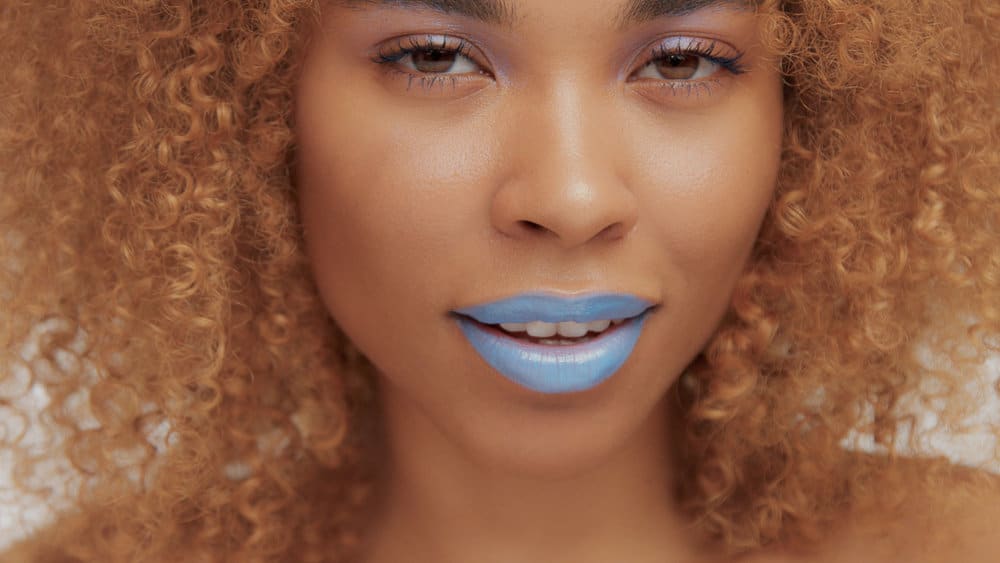
Is the Developer Safer Than Bleach?
Developer is considered safer than bleach because it is less harsh on hair. While bleach removes pigment from the hair, the developer helps lift the hair cuticle, allowing hair color or toner to penetrate. Though the developer is generally safer, using the appropriate volume for your hair type is still essential to minimize damage.
What Happens if You Put Too Much Developer in Bleach?
Adding too much developer to bleach can dilute the mixture, decreasing its effectiveness in lightening hair. This may result in uneven or inadequate hair lightening. To get the best results, follow the recommended ratio of developer to bleach provided by the product manufacturer.
Can I Use Just Developer to Lighten My Hair?
Simply using a developer to lighten hair will not yield satisfactory results, as the developer on its own does not possess the capacity to lift hair color substantially. Developer is intended to work alongside hair dye or bleach to open the hair cuticle, allowing color to be absorbed or stripped. A developer must be combined with a suitable lightening agent to effectively lighten the hair.
What Does 20 Developer Do to Hair?
A 20-volume developer is designed to lift hair color one to two levels, which is perfect for covering grey hair or slightly lightening the hair. When mixed with hair dye or bleach, it lifts the hair cuticle, allowing color to penetrate and change shade. Its gentle nature makes it compatible with most hair types.
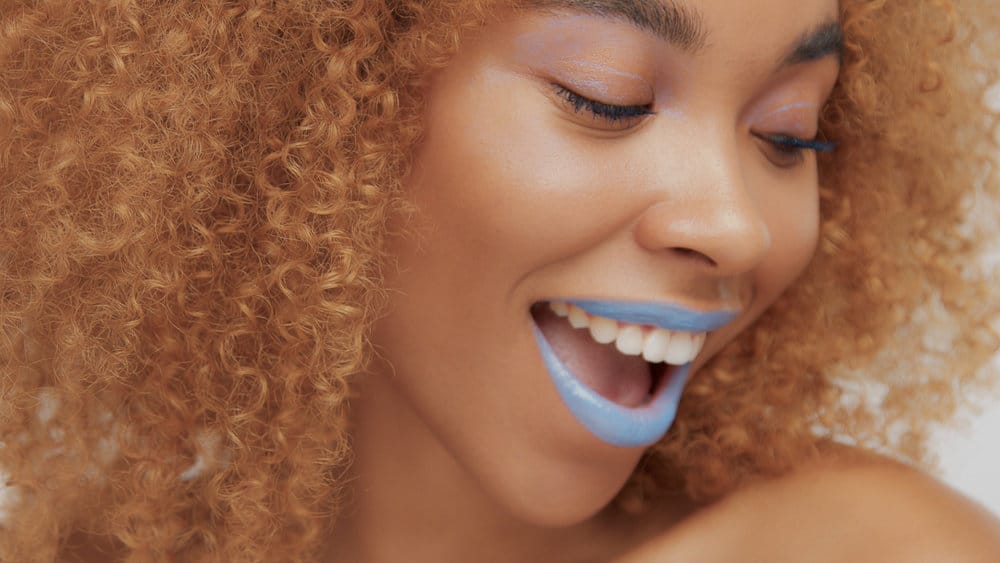
Do You Need Developer for Hair Dye?
A developer is necessary for most hair dye processes, as it helps lift the hair cuticle to allow the hair color to penetrate effectively. It is crucial to achieve the desired hair color and ensure the dye's longevity. Without a developer, the hair dye might not provide the expected results or may wash out quickly.
Why Do You Need Hair Developer?
A developer is necessary for the hair coloring process, as it lifts the hair cuticle, allowing the hair dye or bleach to penetrate effectively. It plays a vital role in achieving the desired hair color and ensuring the color's longevity. The choice of developer volume also affects the lifting power and final results of the hair color.
What Developer to Use With Permanent Hair Color?
When using permanent hair color, the developer choice depends on the desired results and the current hair condition. A 10-volume developer is ideal for depositing color or darkening the hair, while a 20 volume developer is best for covering grey hair or lifting the color one to two levels. A 30 or 40-volume developer may be required for more significant color changes.
What Is 30 Volume Developer Used For?
A 30-volume developer is intended for lifting hair color three to four levels, making it an excellent choice for those seeking a substantial change in hair color. When mixed with hair dye or bleach, it opens the hair cuticle, allowing color to penetrate more deeply, resulting in a more dramatic outcome. However, a 30-volume developer can be harsher on hair, so monitoring processing time and conditioning hair after the process is essential.
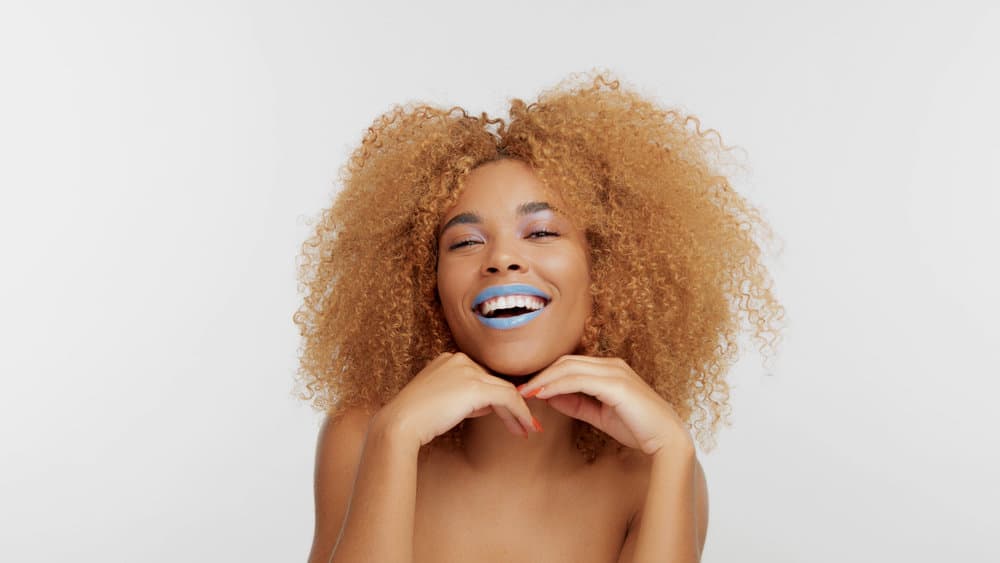
What Does 10 Volume Developer Do?
A 10-volume developer is used primarily for depositing color or darkening hair, as it provides minimal lift. It works by opening the hair cuticle just enough to allow the color to penetrate and change the hair's shade without significantly lightening it. A 10-volume developer is gentle on hair, making it suitable for most hair types and ideal for toning or refreshing color.
Should I Use 10 or 20 Developer to Darken Hair?
When darkening hair, a 10-volume developer is typically the better option, as it's gentle on the hair and provides minimal lift, focusing on depositing color rather than lightening. A 20-volume developer is designed to lift hair color one to two levels and might not be the best choice if your primary goal is to darken your hair.
Should I Use 20 or 30 Developer With Bleach?
Choosing between a 20 and 30-volume developer when using bleach depends on your desired results and hair condition. A 20 volume developer is best for lifting hair color one to two levels and is less damaging, while a 30-volume developer lifts hair color three to four levels but can be more damaging. It's crucial to assess your hair's current condition and desired outcome before making a decision.
- Does Hair Bleach Ever Expire?
- How To Dilute Hair Dye To Make It Lighter
- Does Toner Damage Your Hair?
- Is Developer Bleach?
Conclusion
We hope that this article has answered all of your questions about what hair developer does and enables you to select the right developer for your needs. This information will come in handy whether you plan to dye your hair at home or visit a stylist. Good luck!

